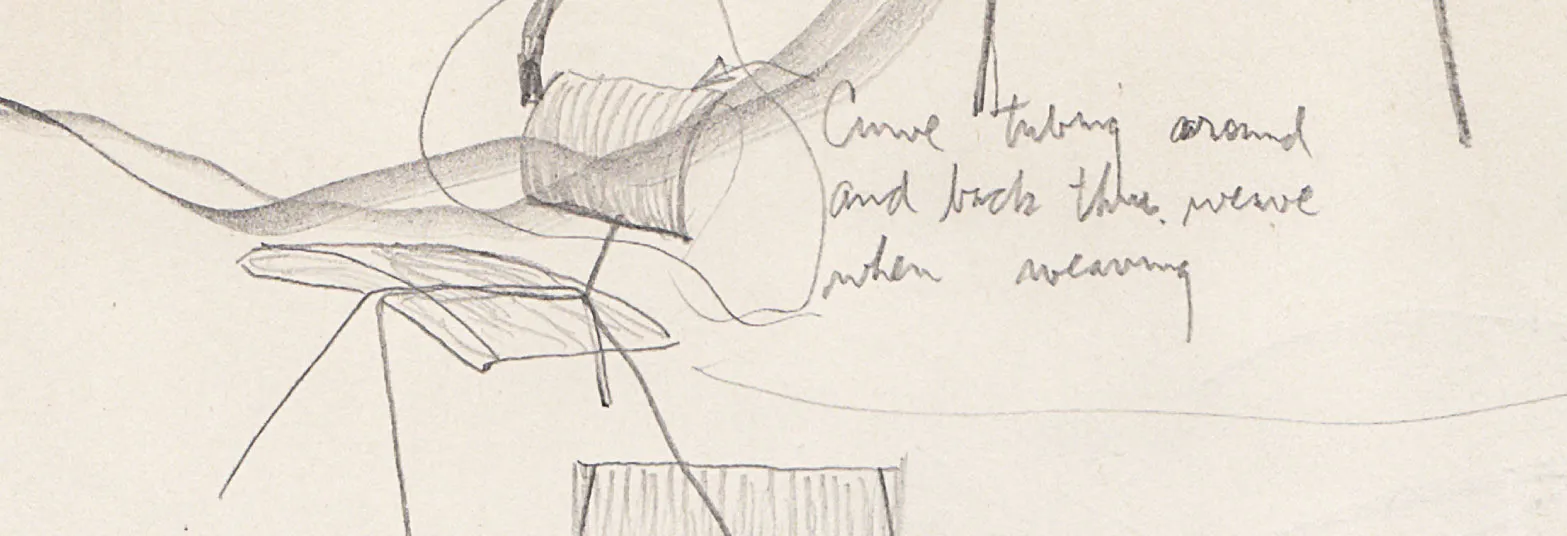The service of design to the world is to be purposeful and problem-solving.
Design Should Fill A Need
Rowland believed that the purpose of the industrial designer was to build more constructive, useful products that filled a need. By this definition, Rowland was the definitive industrial designer. He understood the value of mass production as a means to “design for the greatest good for the greatest number.” He lived by an approach to design that he cultivated while studying at Cranbrook Academy of Art, where professors encouraged students to find their own work: to go out into the world, see what there was a need for, and find a way to address it. Thus, Rowland always sought in his work that which could best serve the public. In other words, design should be purposeful and problem-solving—in fact, Rowland considered this a moral obligation.
Design Should Express Its Materials
Rowland saw materials as opportunities. His exploration and nuanced understanding of material properties began the summer after his sophomore year of high school when he was granted special permission to take a design course with Lázló Moholy-Nagy at Mills College in Oakland, California. Moholy-Nagy emphasized experimentation and iteration to best understand the substance, texture, and limitations of materials. Rowland spent his life in material and form experimentation, seeking new applications of existing materials to make better products. He celebrated the industrial elements of his designs, often revealing the manufacturing and production processes in the work itself. Rowland embraced the idiosyncrasies of materials and pushed the boundaries of form and function.

Design Should Evolve
Biologically, all species evolve through a constant process of selective breeding in order to refine, reform, and find balance with their environment. Rowland admired nature’s progress toward distillation and adaptation. Designers should follow suit and engineer objects that respond to the environment, the realities of production and consumption, and the precise challenges of the present moment. Products, like nature, should perpetually evolve.
Beauty Will Follow
A good designer must resist the temptation to copy what is popular or what is merely aesthetically pleasing. Instead, the focus should be on building more constructive products. Rowland thought that design motivated purely by sales prospects was problematic, and often the principal cause of weak design. He did not believe in designing just to be different, but to be better. He would say, “The different is seldom better, but the better is always different.” To this end, Rowland remained keenly aware of the changing times so that he could recognize and conceive the most appropriate solutions to new challenges he identified around him. Simplicity, essential components, ease and adaptability were equally important to Rowland. He believed that by making things better, beauty would naturally follow.
